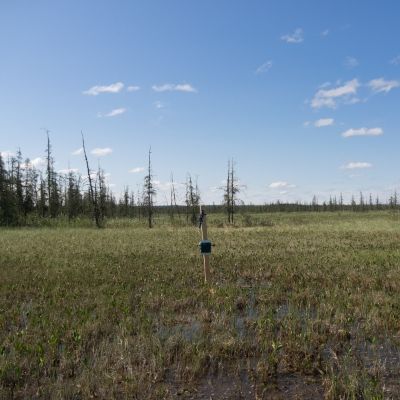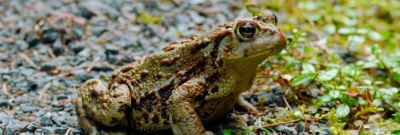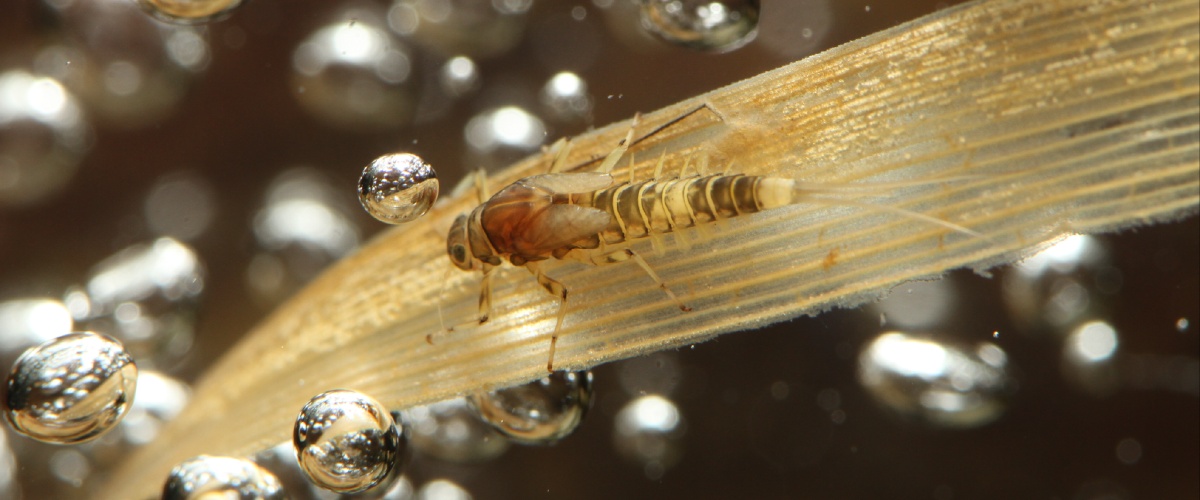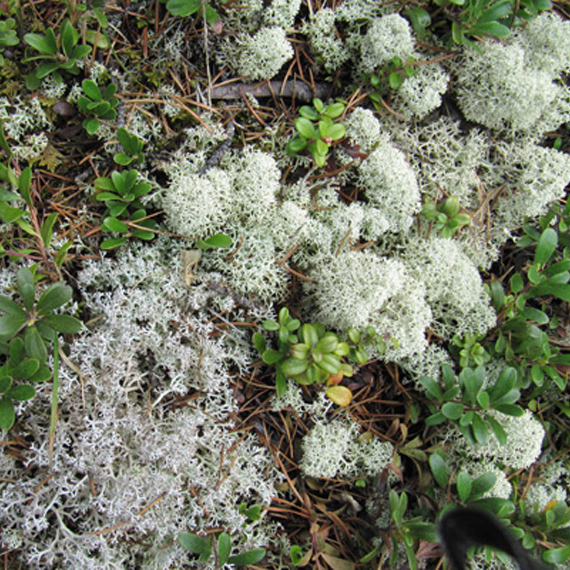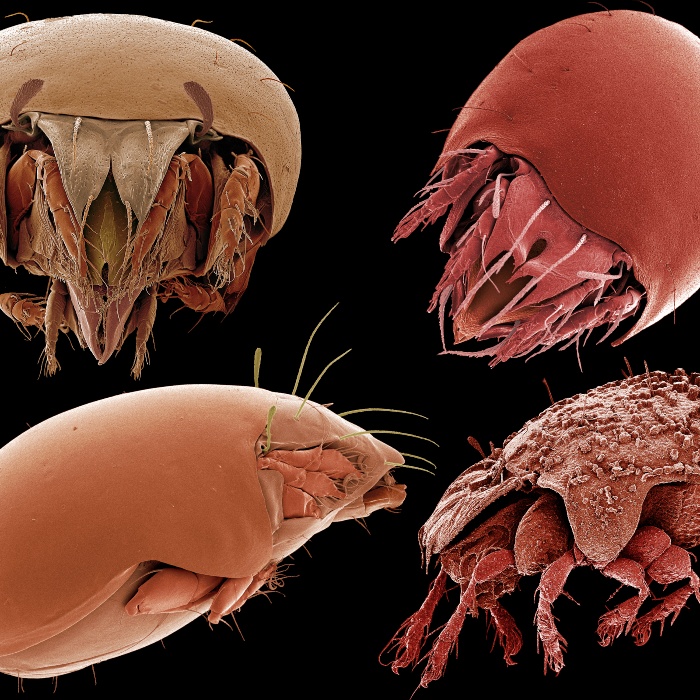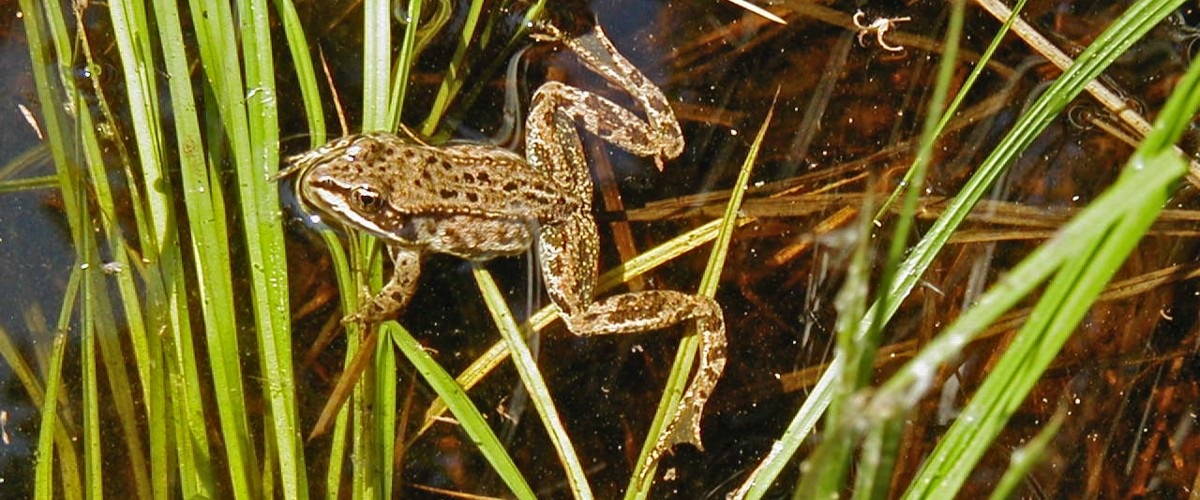
Amphibians
We monitor amphibians using autonomous recording units (ARUs) set up near wetlands around the province.
Amphibians are unique organisms with both aquatic and terrestrial life stages. They are typically found near wetlands and are highly sensitive to pollutants in an ecosystem. Amphibian populations have been declining since the 1980s due to myriad factors such as pollution and habitat loss.
Ten amphibian species can be found in Alberta: eight species of frogs and toads, and two salamander species. We monitor the eight species of vocalizing frogs and toads using autonomous recording units (ARUs) set up at wetlands around the province.
Amphibians are unique organisms that go through both aquatic and terrestrial life stages. Learn more about them and access our monitoring data and analysis.

Bufo boreas boreas
Amphibians need healthy and connected aquatic and terrestrial environments to thrive. That’s one reason why they are useful indicators of environmental health. We’ve been collecting recordings of amphibians at our monitoring sites since 2015, and we recently added amphibian species-habitat models to our online reporting.
Using eDNA to Detect Amphibians
In 2020 we tested the ability of eDNA to detect both cryptic and vocalizing amphibian species at wetlands near Edmonton, Alberta. The work made its way into the news and a podcast.
Learn more about the project in the Wetland Atlas of Alberta.
.jpeg)
Tiger Salamanders (Ambystoma mavortium) are difficult to survey, but can be detected through eDNA sampling.
Workflow
At the ABMI, we monitor a systematic grid of 1,656 sites that are evenly distributed across the province. This allows us to monitor all the unique habitats that exist in our province. At each location, we deploy several ARUs that record at set intervals throughout the day and retrieve them after several months of activity. This approach has two key benefits:
1) As a digital record is created, the recording can be reviewed multiple times to ensure proper species identification; and
2) This extended sampling effort increases the probability of detecting a species.
All of our recordings are uploaded to the WildTrax platform where they are heard by trained technicians. For each recording, the technicians track information about species identification, when a species vocalized, if one or many individuals were calling, the type of vocalization, and the confidence in their identification. This allows us to have higher levels of quality control in our data compared to observations made in the field.
These observations are essential for us to develop our species-habitat models. Our models allow us to identify which habitat species prefer and how they are distributed throughout the province. We can then use this information to inform environmental management responses.
In addition to our systematic grid, we incorporate data from monitoring programs and wetland surveys implemented by both the ABMI and the Bioacoustic Unit across Alberta. Find more information on our amphibian monitoring and species distribution models here: https://abbiodiversity.github.io/AmphibianModels/data-collection.html#data-collection.
Find more data initial reporting on the status of amphibians in Alberta using the ABMI and Bioacoustic Unit in the Wetland Atlas of Alberta.

In collaboration with the Caribou Habitat Recovery Program (CHRP) through the Forest Resource Improvement Association of Alberta (FRIAA), the ABMI is developing a detailed vegetation inventory along linear features for the Richardson caribou range in northeastern Alberta.
The Bioacoustic Unit is at the forefront of using digital audio recording through ARUs (autonomous recording units) to understand how human activities are affecting species that make sounds.
Learn more about amphibians and why they are important to monitor. Find out more about individual amphibian species in Alberta on ABMi's Biodiversity Browser.

